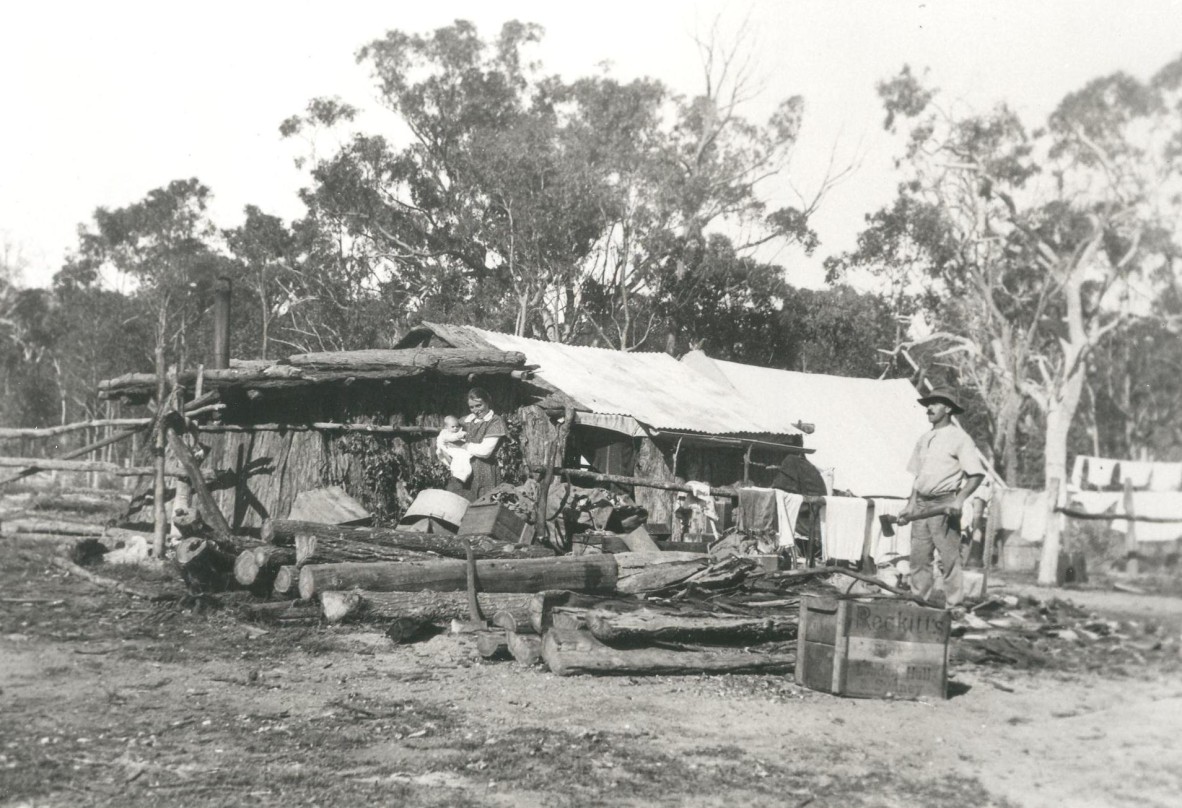Under the Discharged soldiers’ settlement Act, 1917 and associated legislation and regulations, every discharged member of the armed forces was entitled to apply for land and financial assistance. The important goals within this initiative were to open up new land for settlement as well as place willing and suitable settlers on this land. At the same time, it aimed to provide employment as well as the necessary support for the many discharged servicemen who had served their country.
The Stanthorpe shire was one such area selected for settlement and around 17,000 acres was set aside in the parishes of Pikedale and Marsh. Eventually, more than seven hundred returned soldiers were allocated blocks in what became known as the Pikedale Soldier Settlement. Within this wider settlement, a number of locations were named by those returning servicemen in honour of famous battlefields, no doubt including some where they had fought. Eventually supported by a branch railway line, they included the settlements of Amiens, Messines, Bapaume, Passchendaele, Bullecourt, Pozieres and Fleurbaix. This rail line, known as the Amiens line, was opened in June 1920, with construction costing around forty thousand pounds and operated for some fifty four years. The official opening was performed by HRH the Prince of Wales who was visiting Australia at the time. When these returned soldiers first arrived as settlers, these places must have seemed peaceful, after spending long periods fighting on French and other European battlefields.
As with other soldier settlements, life was difficult due to the varying quality of the land, isolation, lack of farming or other agricultural experience, adverse climatic conditions, as well as a general lack of financial and other government support. However, the branch railway line did help in terms of access and a number of State enterprises were established. Schools and churches as well as improved housing followed slowly and over time, the strength and resilience of these first soldier settlers laid the basis for communities such as Amiens, which remains the centre of a vibrant rural community with a population in excess of four hundred people.
An important reminder of those first soldier settlers, is the little Anglican Church of St Denys, Amiens, dating from 1923, named for the patron saint of France. Adding to its importance and significance, at the time of the dedication of the church, Amiens Cathedral in France gifted an altar cloth as well as related altar ornaments in honour of the contribution of Australian soldiers during the war. More details of this aspect of St. Denys will be provided in a future blog post.

Comments
Your email address will not be published.
We welcome relevant, respectful comments.